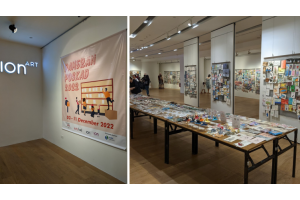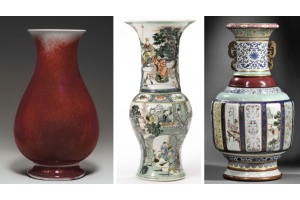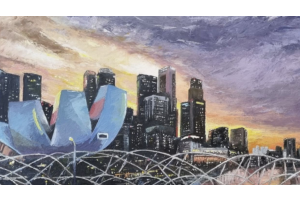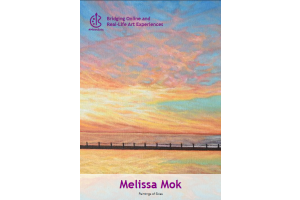Top 3 Art Trends Post-Pandemic
-
January 27, 2023
Trends
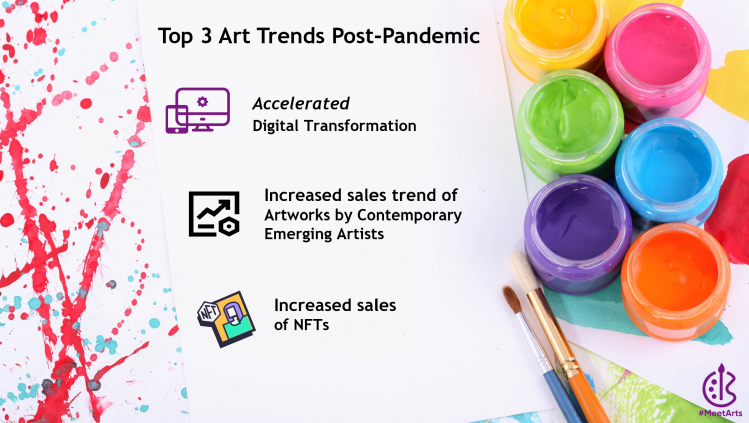
Written by: Tang Kai Xian
On March 11 2020, the World Health Organisation characterised Covid-19 as a pandemic. At the height of the initial shock, streets emptied, once bustling business districts became ghost towns. Buzzwords that became popular include masks, vaccines, quarantine, cough, etc. Since most art galleries and museums relied on face to face or in-person interactions, the very behaviour being curbed by Covid-19, the art industry struggled initially. More than 2 years of disruptions later, the art industry has mostly adjusted to the new normal. We outline the top 3 trends that are here to stay.
1.Accelerated Digital Transformation

Digital Transformation. Available at https://www.allteks.co.uk/wp-content/uploads/2019/09/digital-transformation-resized.jpeg
Given that Covid-19 has limited face-to-face interactions and contributed to a surge in online interactions, the art community at large had recognised this change in how their audience was consuming art leading to a pivot towards online channels to stay competitive. This quantum leap in the adoption of digital transformation has manifested itself in online viewing rooms, virtual reality, etc.
In view of the cancellation of its 2020 fair in Hong Kong, Art Basel launched its online viewing rooms in support of their dealers. There were more than 2,000 works on display, which collectively were worth about $270 million USD. Many galleries have since followed suit. In fact, the online art market expanded again in 2021 by 7% to reach an estimated $13.3 billion.
Virtual reality (VR) is experiencing a renaissance too. VR technology is a feast for our senses. By stimulating our sense of sight and even sound, it morphs our perception to believe that we are in a virtual world. It is not a new technology. For some time, VR had been restricted to its niche immersive media space due to cost. However, as VR gets better and more affordable, visual artists are exploring how virtual reality might push the boundaries of their work. At the 2022 edition of Art Basel, Albert Oehlen presented his VR work, called Basement Drawing. By looking through the lens of a VR headset, guests can observe the artist’s avatar creating an ink drawing in his basement studio. This not only narrows the gap between the artist and his audience but also blurs the line between fiction and reality.
2. Increased sales trend of artworks by contemporary emerging artists
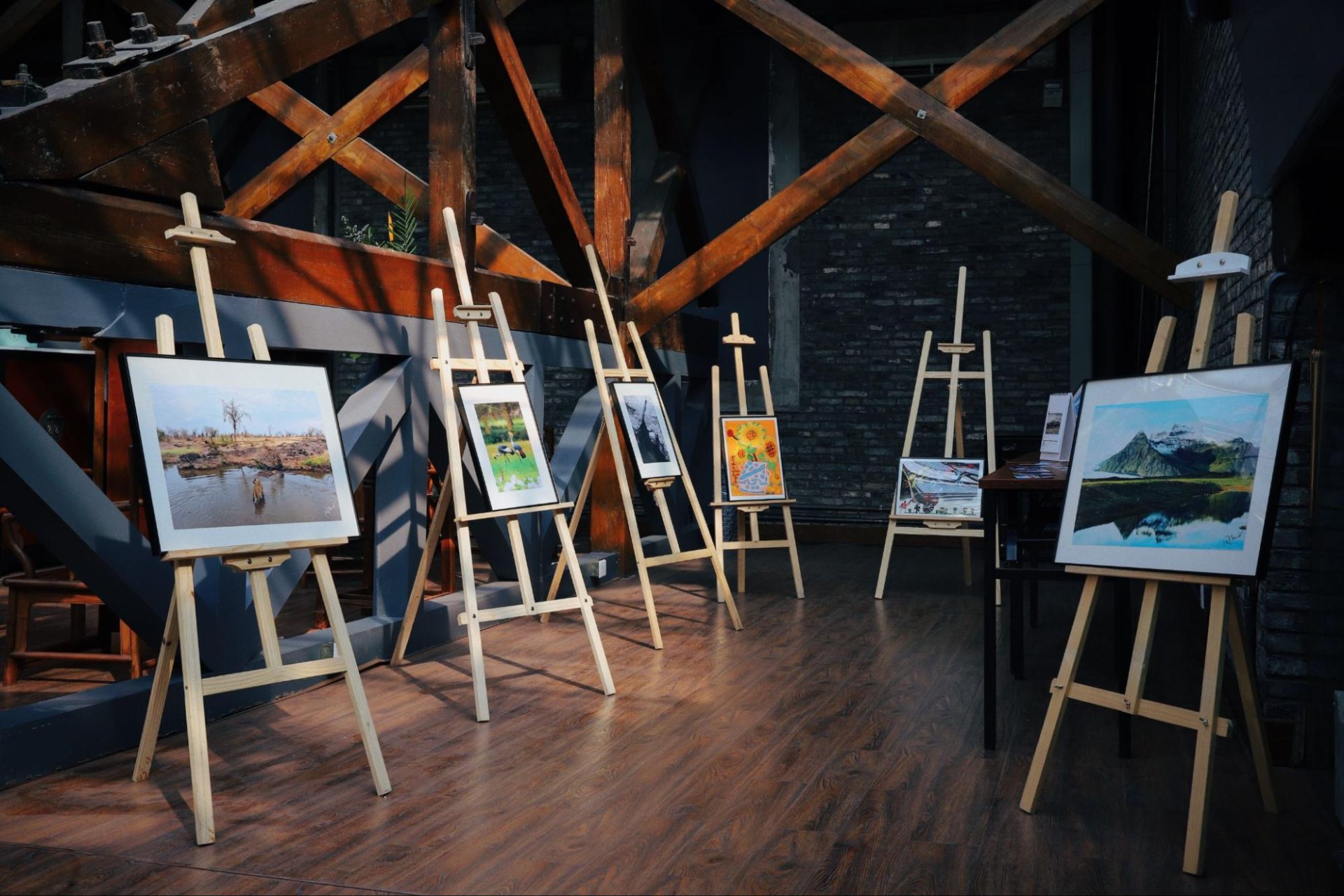
Raychan. Easel. Available at https://unsplash.com/photos/kJQ6cDyodAM
According to ArtTactic, works by young contemporary artists smashed expectations at the New York sales to reach $59.3 million in 2022, up from $31.3 million the previous spring. This points to a growing appetite for works by emerging artists as art buyers show willingness to go beyond well-known, blue-chip artists to support the wider art community.
This trend is supported by the post-pandemic economic rebound where greater discretionary income has given many investors greater confidence to look towards investments with potential to appreciate, like art, rather than focusing on income-producing securities.
Furthermore, younger buyers have become more active buyers in art. ATG saw a rise in new and younger buyers in 2021, with an increase of 23% year-on-year in sessions on the platform by visitors aged under 35 years at the-saleroom.com. Artworks by emerging artists tend to be more accessible and affordable than more established artists. This appeals to younger buyers who may not have as large of a war chest for art but seek for alternative investments to hedge against the uncertainties currently plaguing traditional investments.
3. Rise in NFT sales

Beeple. EVERYDAYS: THE FIRST 5000 DAYS [NFT]. Available at https://onlineonly.christies.com/s/first-open-beeple/beeple-b-1981-1/112924
In March 2021, the art community was buzzing when Beeple’s EVERYDAYS: THE FIRST 5000 DAYS NFT sold for 69 million USD at Christie’s New York auction. While traditional mediums dominated in terms of value in 2021, 11% of High Net Worth collectors’ spending was on digital art. Art Basel also noted a growing interest in digital art, especially among younger collectors.
Sotheby’s has taken note of this and launched Sotheby’s Metaverse, a Web3 enabled NFT marketplace that enables digital art collectors to bid on a curated selection of high-end NFT art. It also launched its virtual gallery in Decentraland to exhibit NFTs. Sotheby’s virtual location in Decentraland’s Voltaire Art District is a digital replica of its iconic New Bond Street Galleries in London.
Closing thoughts
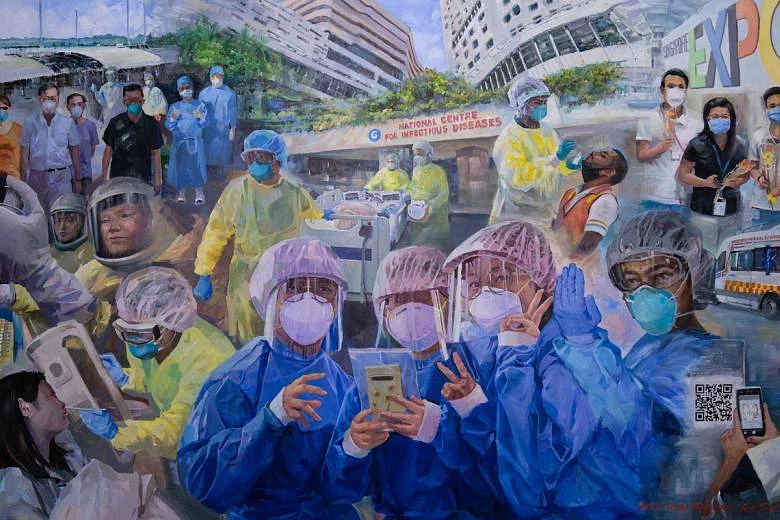
NHG. Heroes Of Our Time featured more than 200 artworks by artists from the Singapore Art Society, students and migrant workers, among others. Available at https://www.straitstimes.com/singapore/art-and-the-heroes-of-our-time-in-the-pandemic
The ripple of changes set in motion by Covid-19 has empowered art to connect to a wider audience. In 2022, there were various art exhibitions depicting the pandemic landscape. For instance, in March 2021, National Health Group and Singapore Art Society organised ‘Heroes Of Our Time’ Exhibition to pay tribute towards healthcare and essential workers during the Covid-19 pandemic. The exhibited artworks portrayed diverse perspectives of the pandemic. We expect to see more such installations in 2023.
References:
https://www.artbasel.com/stories/online-viewing-rooms-roundup?lang=en
https://www.vivearts.com/projects/art-basel-2022
https://d2u3kfwd92fzu7.cloudfront.net/Art%20Market%202022.pdf
https://www.barrons.com/articles/the-art-markets-latest-mania-01663083746
https://www.barrons.com/articles/young-emerging-artists-drive-art-market-skyward-01634990247
https://decentraland.org/blog/announcements/sotheby-s-opens-a-virtual-gallery-in-decentraland/


 PREVIOUS ARTICLE
PREVIOUS ARTICLE 

